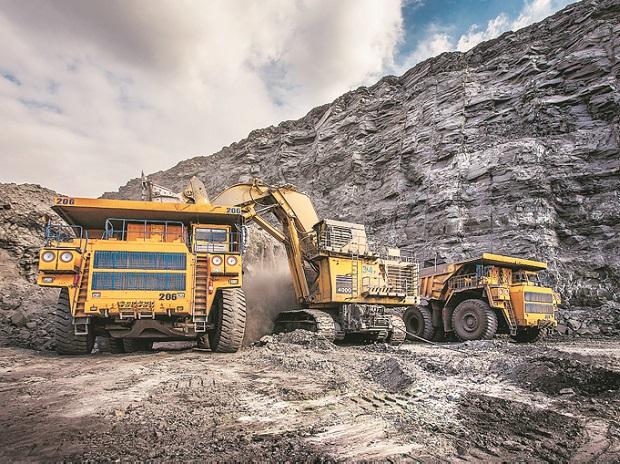Mining in Armenia: overview
The mining sector is one of the largest contributors to GDP and exports in Armenia. Armenia’s industrial-scale metal production began in the early 19th century with the opening of the Alaverdi and Kapan copper mines. Economic development began to rely more on mining in the early 1950s with the development of the Zangezur Copper Molybdenum Combine, which exploited the world-class Kajaran deposit (among the ten largest in the world), and produced around 3% of the world’s annual molybdenum output.
The main metals mined are copper, molybdenum and gold. The main deposits are copper, gold, molybdenum and polymetallic (lead and zinc). Currently the biggest mine is operated by the Zangezur Copper-Molybdenum Combine, CJSC (ZCMC), located in Kajaran (Syunik province).
ZCMC is a copper-molybdenum deposit that started operations in the middle of the 20th century and, currently, represents more than half of the total output of the sector in the country.
Teghut (a copper-molybdenum mine in Lori province) began operation in 2014 with volumes that is less than the production of Kajaran․
Lydian Armenia, a geological exploration firm registered in Armenia that claims to exploit the gold deposit of the same name on the land of Amulsar in Vayots Dzor region with the consent of the country’s government, is also a key participant in the sphere. More than 90 million US dollars were invested in geological exploration as part of the program, and 370 million US dollars were spent on construction. The company has committed itself to be guided by economic principles, executive standards and requirements of the International Finance Corporation (IFC) and the European Bank for Reconstruction and Development (EBRD).
In total, currently about 30 metal mining licenses have been identified as valid but not many of them are active in production. The non-metal mining sector is significant in terms of the number of operations (more than 400 permits), but the vast majority are low volume quarries. Production is much less than during the Soviet period, as it mainly focuses on meeting local demand for construction materials, and there is little export.
It’s worth mentioning, that in 2017, Armenia became the 52nd country to join the EITI – Extractive Industries Transparency Initiative as a candidate country. EITI promotes open and accountable management of oil, gas, and mineral resources. The Mining Agency within the Ministry of Territorial Administration and Infrastructure is responsible for administering the sector, issuing licenses, monitoring exploration and production operations. The license covers the exploration and production phases of a project. License holders must submit work programs to the Ministry for approval, and licenses can be withdrawn if minimum work requirements are not met.
The government derives economic benefits in the form of received taxes, royalties and other payments, including royalties for the extraction of metals.
Recent developments
The Armenian government has adopted draft legislative changes that propose transferring 2% of subsurface users’ royalties to affected communities.
According to statistics released in Armenia’s EITI reports, royalties in the amounts of 23.5 billion, 37.6 billion, 34.6 billion, and 37.4 billion drams were paid to the Republic of Armenia’s State budget from 2016 to 2019. As a result, about 700-800 million AMD will be dispersed among the affected communities, and in the event that metal prices continue to rise, the estimated royalties, and therefore the deducted amounts, will also rise. If the National Assembly passes a bill package, it will take effect on January 1, 2023.
Simultaneously, debating the draft bill on revisions and additions to the Tax Code, which seeks to implement a new method of calculating royalties, with the goal of generating additional revenues and ensuring a good working environment for businesses. The royalty rate for differential formulas is intended to be determined by the values of these metals on the global market.

